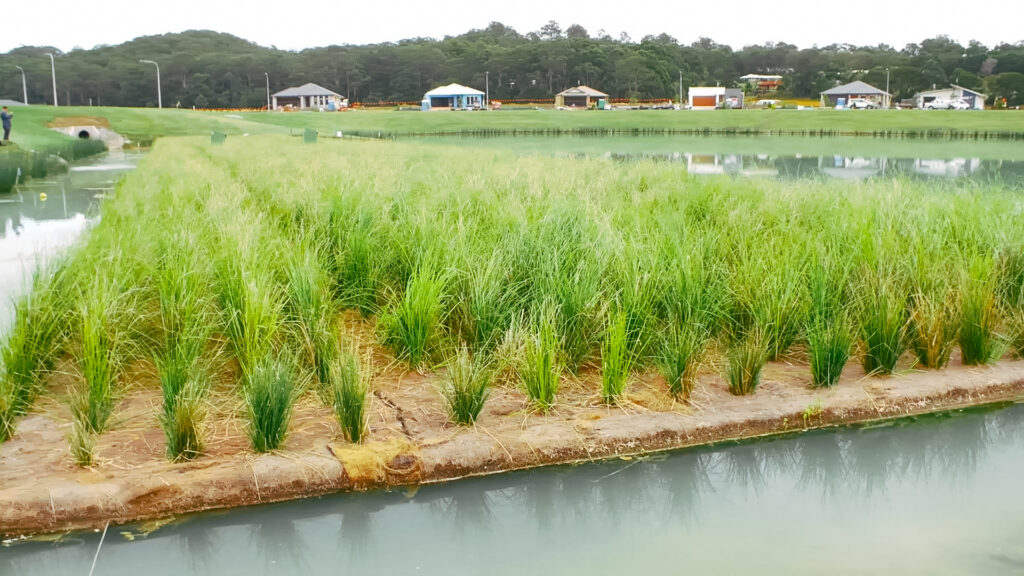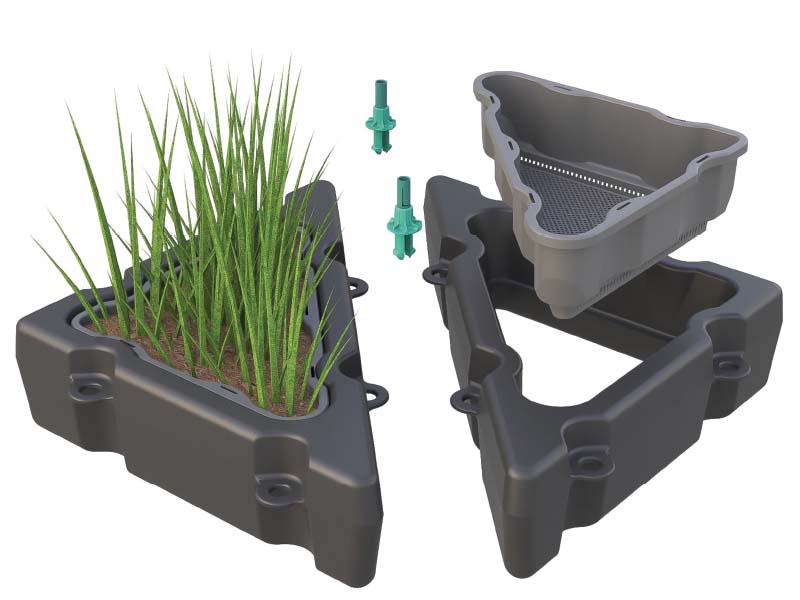Product
Floating Wetlands
Floating Treatment Wetlands are water treatment assets that reduce excess nutrients and remove sediment from the water column – by mimicking natural floating island systems.
Formerly part of our SPEL Stormwater product range, now available at atlan.com.au.


An environmentally-sound and sustainable way of cleaning water.
EFFECTIVE ON:
- Anaerobic digestion
- Odour mitigation
- Nitrification processes
- De-nitrification and polishing
- Reduction in Bio-chemical oxygen demand
- Removal of TSS
- Reduction in faecal coliforms
- Reduction in phosphorus
- pH stabilisation

